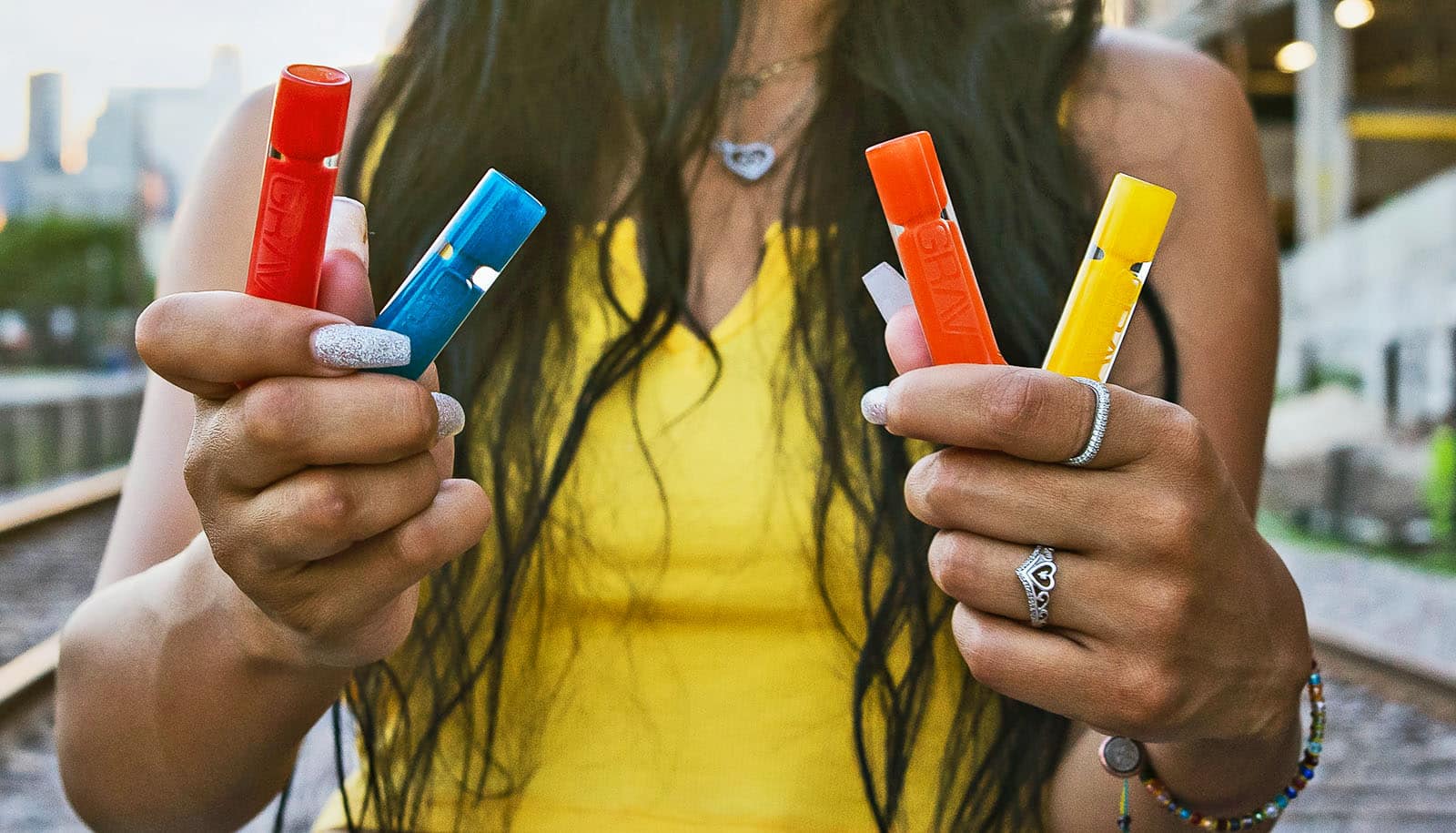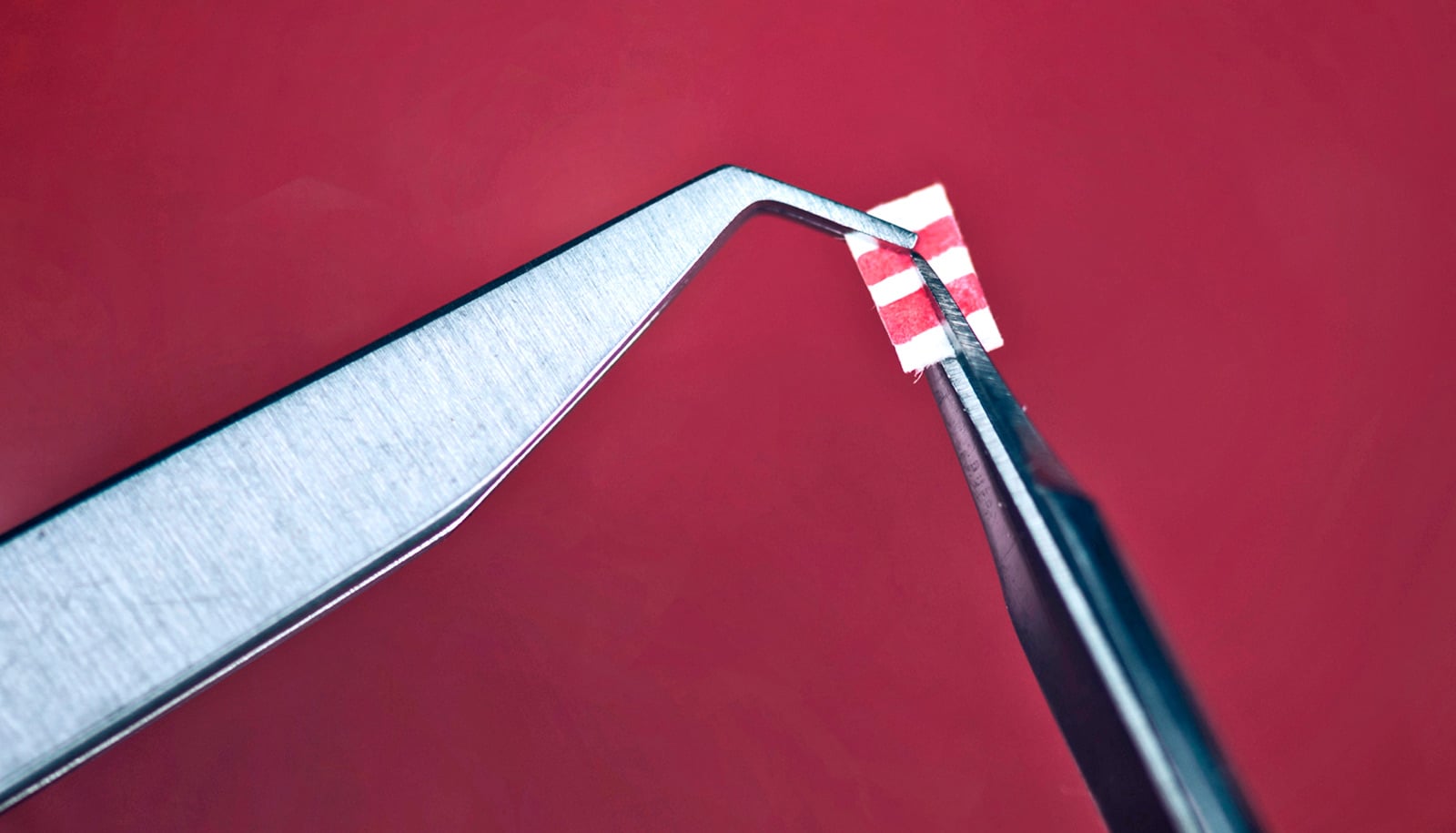In 2018, the prevalence of young adults’ past-year use of non-LSD hallucinogens was 3.4%. In 2021, that use increased to 6.6%, a study finds.
“While non-LSD hallucinogen use remains substantially less prevalent than use of substances such as alcohol and cannabis, a doubling of prevalence in just three years is a dramatic increase and raises possible public health concerns. The increase in non-LSD hallucinogen use occurred while LSD use remained stable at around 4% in 2018 and 2021,” says study coauthor Megan Patrick, research professor in the Survey Research Center at the University of Michigan’s Institute for Social Research and co-principal investigator of the Monitoring the Future study.
The results, published in the journal Addiction, come from the Monitoring the Future study. In the panel study, researchers follow annual samples of 12th grade students longitudinally into adulthood. The study focuses on substance use and health.
The researchers examined the use of these hallucinogens by sex and found that the use of non-LSD hallucinogens was greater for males. They also found that white young adults used such hallucinogens at a higher rate than Black young adults. Use of non-LSD hallucinogens was also greater for those whose parents had a college education, a proxy for socioeconomic status.
While Monitoring the Future does not identify whether young adults were using these drugs recreationally or because they believed their use to be of therapeutic benefit, previous research has shown that nonmedical hallucinogen use is associated with risks of substance use disorders, injury including self-harm, and anxiety, according to the study.
“The use of psychedelic and hallucinogenic drugs for a range of therapeutic uses is increasing, given accumulating yet still preliminary data from randomized trials on clinical effectiveness,” says Katherine Keyes, professor of epidemiology at Columbia University’s Mailman School of Public Health and lead author of the study. “With increased visibility for medical and therapeutic use, however, potentially comes diversion and unregulated product availability, as well as a lack of understanding among the public of potential risks.”
The survey did not ask whether young adults used non-LSD hallucinogen for a therapeutic or medical reason.
“However, approved therapeutic use of psychedelics under a trained health professional’s care remains uncommon in the US, thus the trends we observe here are undoubtedly in nonmedical and nontherapeutic use,” Keyes says.
In each survey across young adulthood, from ages 19 to 30, the participants were asked: “How often in the past 12 months have you used LSD?” They were also asked if they had used hallucinogens other than LSD such as mescaline, peyote, “shrooms” or psilocybin, or PCP. Responses ranged from none to 40 times or more. Of the non-LSD drugs listed, “shrooms”/psilocybin had the highest prevalence.
“The use of hallucinogens other than LSD, such as psilocybin in so-called ‘shrooms,’ has increased among young adults in the US. This is a rising concern for young adult health,” Patrick says. “We will continue to track these trends to see if the increases continue. We need additional research, including about the motives for hallucinogen use and how young adults are using these substances, in order to be able to mitigate the associated negative consequences.”
The research had support from the National Institute on Drug Abuse of the National Institutes of Health.
Source: University of Michigan



